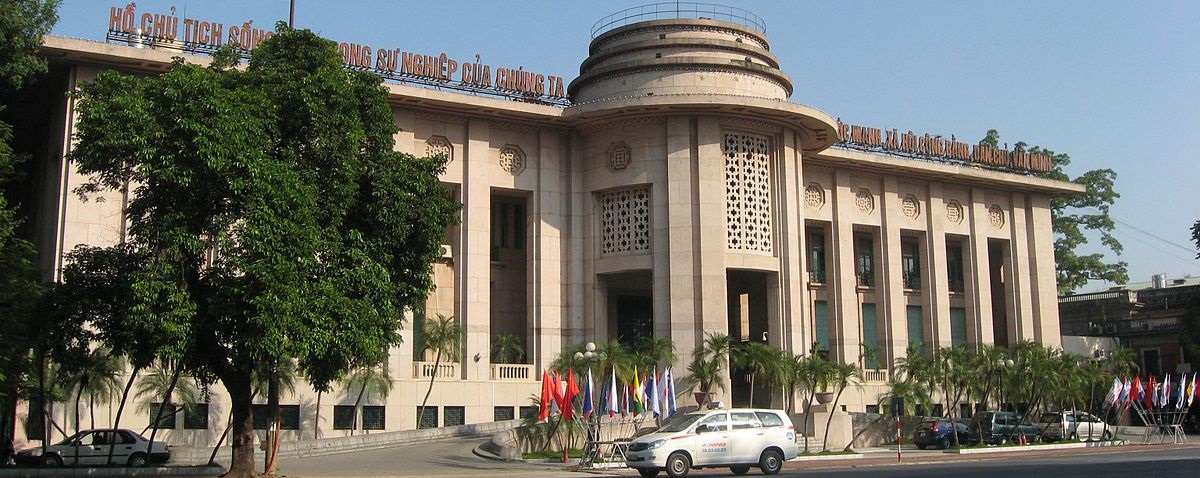

Professors and Research

In a recent study¹, published in Economics of Transition and Institutional Changes, Giang Phung, professor at ISC Paris, and Michael Troege, professor at ESCP Business School seek to analyze the impact of the forced merger program on banking performance in Vietnam following the global financial crisis in 2008.
Government-induced or voluntary takeovers are frequently used as an indirect way to bail out distressed banks. In this paper, the two authors have conducted an empiricalstudy on banking profitability and liquidity following acquisitions with distressed banks.
Vietnam’s ambitious efforts to restructure the banking system during and after the global financial crisis were generally lauded, but the government’s policy to merge rather than directly restructure banks was viewed critically. For example, the IMF argued that “Minimizing costs not only to the budget but to the economy as a whole should be the overarching goal in dealing with small weak banks. Merging them is no solution in itself” (IMF, 2012).
Bank performance is measured in this study with the simple accounting indicators that are used by the banks themselves. The main performance indicators are return on equity, the cost-income ratio, and the bank’s recurring earning power, defined as income plus provisions for bad loans divided by total assets. The authors complement these profitability measures with ratios linked to liquidity, such as net loans over deposits or asset ratios.
The authors collect Vietnamese commercial banks’ financial data from BankScope for over 40 commercial banks during the period 2007-2015. The sample is then completed with data from Orbis Bank Focus to cover the period from 2015 to 2017. The information regarding mergers is hand-collected from the acquirers’ financial statements. Vietnam’s macroeconomic data comes from the World Bank reports.
The paper first directly analyzes the effect of takeovers on the performance of the acquiring banks using a difference-in-differences. To demonstrate that the decrease in the acquirer’s performance is not merely the consequence of the acquiring banks inheriting the properties of the underperforming targets, the authors then build pro forma consolidated financial statements of the acquirer-target pairs before the merger, similar to Rhoades (1993)² and show that the acquirer’s profitability also declines compared to the consolidated pre-merger performance.
The authors run regressions of Profitability and Liquidity ratios on dummies indicating banks’ acquiring status and the interaction, ownership, and control variables. The primary estimation method is a random effect regression in combination with acquisition-related dummy variables. This approach allows us to estimate the effects of time-invariant variables like bank types (state ownership, joint-venture, or foreign ownership).
As a robustness check, the authors change the estimation method and implement year-bank fixed-effect estimations using the same variables as in the main regressions, as well as an event study on the movement of stock prices of the listed acquirers around the announcement and effective M&A dates.
In examining the bank mergers in Vietnam that were carried out in the wake of the global financial crisis between 2011 and 2015, the authors assess the evolution of the acquiring banks’ performance before and after the mergers compared to their peers. The authors find that these takeovers substantially weakened the profitability and liquidity of acquiring banks. This negative effect persists over the entire period of six years covered by the data. The results suggest that acquisitions of distressed banks may not lead to an in-depth restructuring of the target bank and decrease the overall efficiency of financial intermediation. The short-term benefit of avoiding a financial shock after a bank failure may therefore be at least partially offset by negative long-term consequences for credit availability and economic growth.
Even though the program is well-purposed, aiming at bailing out failed banks without having to use taxpayers’ money, the result is less than satisfactory: both banking profitability (measured by Return on Assets or Return on Equity) and banking liquidity (measured by the ratio of assets or deposits tied up in loans) are worse for acquiring banks after the mergers and this scenario lasted for at least six years.
Essentially, the worsening effect on banking performance is not a mechanical combination between a healthy bank and a distressed bank. By building proforma financial statements of acquiring and acquired banks before the acquisition as if they were a single entity, the authors showed that on a constant basis, post-merger banking performance still deteriorates.
The study adds to the literature on bank mergers in emerging markets by inspecting the impact of acquisitions of distressed banks on bank performance in Vietnam. Using a difference in difference approach, the authors demonstrate that the takeover of an underperforming bank has a prolonged negative effect on the performance of the acquirer. The performance of the merged entity deteriorates even compared to the consolidated pre-merger indicators of the acquirer and the target.
This finding not only demonstrates that the acquiring bank’s shareholders should be reluctant to accept a takeover of a distressed rival, but also sheds doubt on the utility of mergers as a tool to stabilize the financial system in general. The collected data do not allow the authors to investigate in detail why, even after several years, the performing acquirers do not seem to be able to improve the performance of the distressed target. The higher post-merger Cost to Income ratio associated with acquirers suggests that difficulties in integrating the different corporate cultures might be at the root of this problem. The authors leave this interesting question to further research.